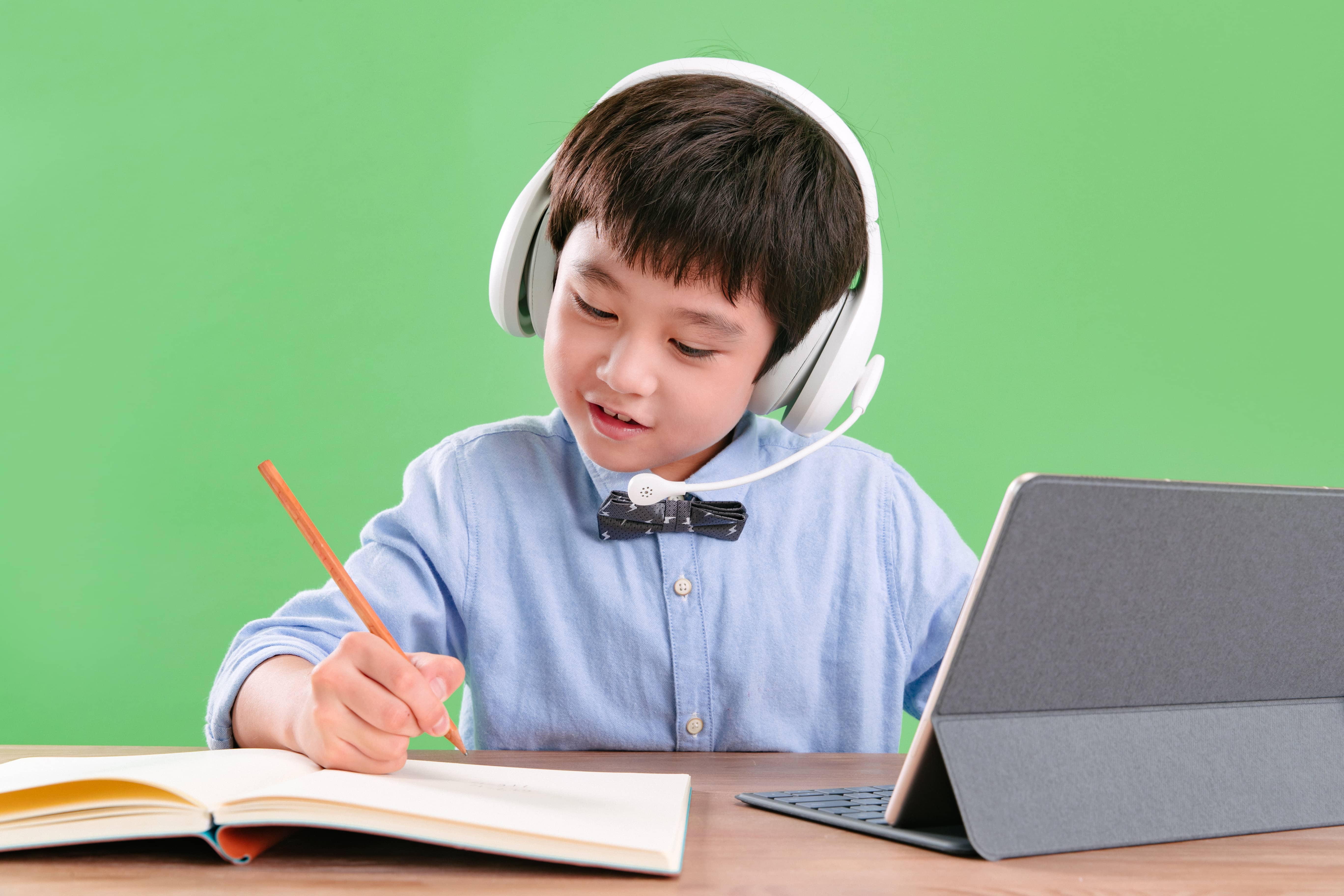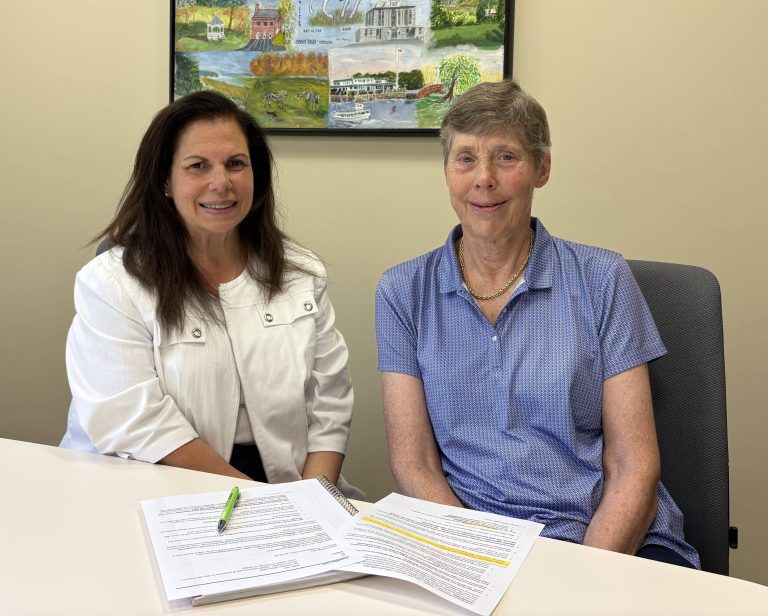

It’s spring! We have survived a Covid winter and conditions are improving. Warmer weather, Passover and Easter vacations, and the variety of spring break holidays that are scattered across late March and April fill us with confidence and relief.
School leaders are looking confidently to Fall 2021. We anticipate returning in September to a different environment, but no one truly knows what that means. In preparation for the fall, we must focus our attention on how best to help faculty, students and parents recover from this past year and anticipate a productive and healthy 2021-2022.
Students
All students will remember the 2020-2021 academic year. Whether they attended in-person every day, followed a hybrid model, or spent the entire year learning virtually, students have experienced the greatest disruption in the learning process. It could be the kindergarten student adjusting to wearing a mask all day long, the middle schooler who sits behind a plexiglass shield on his/her desk, or the first year high school student who was new to the school and had to figure out how to make friends while going to class in person only three days a week. Every student felt the impact.
Students have been bombarded with warnings about their behavior to help them stay healthy. They have come to understand why their friends are not in class for 14 days, and have asked endless questions about the interrupted schedule of athletic events, after school activities and clubs.
High school seniors have selected colleges based on virtual tours, and seen AP classes and tests modified, thus resulting in loss of college credits and improved course selections next fall. Some college freshmen were asked to leave campus shortly after arriving last summer, been regularly tested, quarantined, and assigned to live alone in residence hall suites that once were the hubs of the undergraduate experience.
We know from research that has already been conducted that these disruptions have adversely affected the social-emotional health of students. There is a national call to help students make up for the academic losses due to Covid, but we must also focus on the social-emotional curriculum as well. Healthy students are more productive and engaged in the classroom. It is not simply a question of restoring literacy and numeracy skills that may have eroded this year. We need to devote time this summer and throughout the fall to attending to the emotional toll Covid has had on students.
Faculty
When faculty are asked what is the greatest impact on their professional lives since Covid, they all respond the same. “It’s the fatigue.”
Last March we asked teachers at every level to transform themselves in a matter of days from master classroom teacher to distance learning guru regardless of any previous training. In some instances this year we expected them to teach simultaneously to half the students, who were in the classroom, and the other half who were learning (watching?) at home. In other cases, students were fortunate to be in the classroom, but teachers had to monitor mask wearing, hand-washing and social distancing. Classroom management became more complicated as the year progressed.
Faculty are anxious about the health of their students, their own health, and the health of their loved ones at home. They may be part of the sandwich generation, taking care of elderly parents while caring for children of their own. Students learn more and achieve better outcomes when their teachers are physically and emotionally healthy. Well-balanced faculty are better able to support parents in meeting the developmental needs of students and in explaining classroom outcomes.
We need to devote resources this spring and summer to helping faculty restore their energy, enthusiasm and trust in the school. Some faculty may benefit from a large block of time away from all school-related activities. Others may choose to participate in summer programs designed to help students catch-up. But all faculty will need help in dealing with the unavoidable physical and emotional demands that Covid presented.
And as we think about the skills that post-Covid teachers will need, we know changes are coming. Faculty will not only be adept in traditional classroom activities, but also now employ a range of technological assistance discovered and mastered during the last year. We have learned that technology can be used to support students in ways we were unaware of before Covid emptied our classrooms.
Parents
All of us in schools must first offer thanks to parents for their support, understanding and collaboration since March of last year. Almost overnight we asked parents to become our classroom assistants in ways they never prepared for or imagined. Even the most involved helicopter parent never envisioned the support we asked parents to provide.
Those new teaching assistant roles created a level of fatigue that none of us as parents have experienced. Undoubtedly, that stress led to increased anxiety. Families worried not only about their own children, but also wondered about the health of the other children in the class?
Required to work from home, families found the dual challenge of professional responsibilities plus assisting in the online learning of children a huge obstacle. Some parents lost their jobs, others were forced to consider relocation as companies decided to change locations.
All of these disruptions in the lives of parents presented a host of emotional stressors. As we plan for the fall, schools need to consider how to offer assistance to parents who are still hoping to recover from the multiple school demands Covid created.
I am optimistic about returning to school in the fall under different circumstances. But we must prepare now to support our faculty, students and parents who have endured the many changes and disruptions we all faced this past year. Those efforts will create a healthier and more positive school community.




